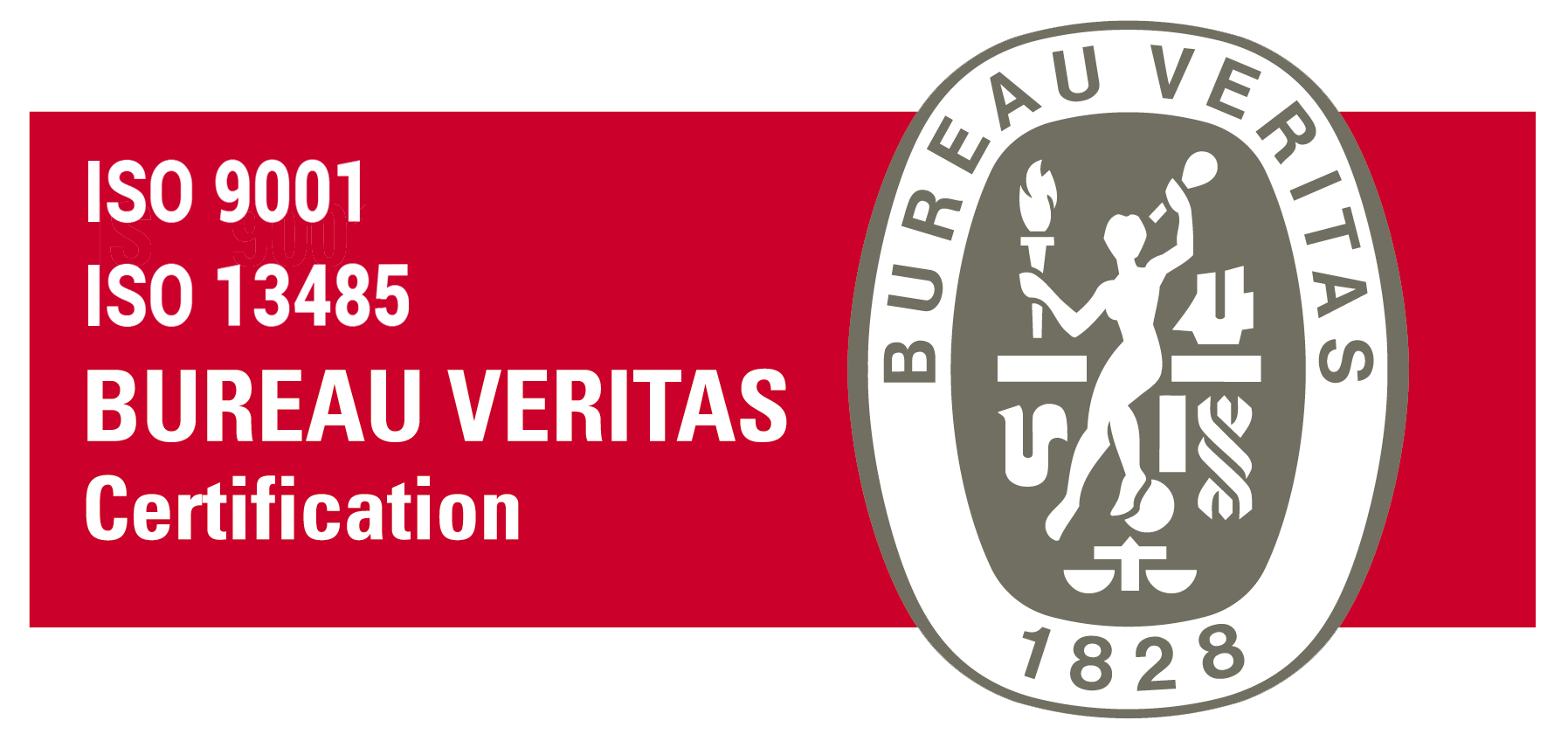Blog
Calculation of the Peak Skin Dose (PSD): testimonial from AP-HP
Written by : Karen Frangie - 27/02/17 - In Blog
Jad Farah, medical Physicist at AP-HP provided this testimony as a user of RDM’s Peak Skin Dose module.
Calculation of the peak skin dose in interventional radiology: a scientific study is being conducted in the following healthcare institutions of the AP-HP (Paris’ Hospitals) group: Jean-Verdier, Kremlin-Bicêtre, Lariboisière, and Necker Enfants-Malades.
RDM’s peak skin dose module is being scientifically validated by medical physicists − the first validations will be carried out during 2017.
Context
1- Half of the complications in patient radiation safety occur after radiological intervention or diagnosis (see the Report of the National Academy of Medicine, November 2016).
2- In interventional radiology, there are risk-prone procedures that deliver significant doses of X-rays and can result in skin reactions.
3- Most interventional radiology equipment does not report cumulative dose to the skin, and there is no simple correlation between the displayed PSD / Air Kerma and the maximum dose to the skin.
Purpose of this study
Four hospitals of the AP-HP group are currently conducting a study to validate the new feature of skin dose mapping. The RDM solution will hence be compared with experimental measurements using Gafchromic® films − first performed on anthropomorphic phantom, and then on patients in routine clinical conditions.
User’s testimonial: Jad Farah, Medical Physicist, AP-HP
1-Please introduce yourself and your healthcare institution.
Jad Farah, PhD. I am currently working as a medical physicist at the University Hospitals of Paris Sud (HUPS) − a European reference center for pulmonary and hepatic diseases. I am working in the Imaging and Nuclear Medicine division, in charge of optimizing patient exposure to ionizing radiation used for diagnostic or therapeutic radiological procedures.
Indeed, the HUPS have an innovative technical platform and state-of-the-art equipment: 4 MRIs, 6 CT Scans, 7 Interventional Radiology Tables, 1 PET / CT, 3 SPECT / SPECT-CT, etc. (Siemens, GE Healthcare and Philips). Our hospital group is also known for its interventional neuro-radiology and pediatric radiology departments.
2-Briefly, what is your experience as a user of the DACS RDM?
Having recently participated in the deployment and installation of the DACS RDM in our hospital group, I consider myself a beginner user of this solution. Nevertheless, thanks to its simple and ergonomic interface, I have quickly taken charge of this software solution and have become familiar with its multiple features.
Following the professional training delivered by Medsquare, I was able to measure the impact of this solution, including the multiple alerts that can be configured (patient and dose alerts). RDM makes us aware of the risks associated with each examination with regard to both the doses delivered and the specificities of the activity and/or the patient.
I especially appreciate the statistical analysis features implemented in this solution − they allow me, as a medical physicist, to quickly identify any dose drift and to give detailed feedback to the users of each modality.
3-What motivated you to acquire the peak skin dose module?
Several reasons have pushed me to acquire this module. Since interventional radiology is regarded as a risk-prone procedure − involving radiation-induced effects for the patient − there is a real need to assess the patient’s cumulative skin dose after each activity. Moreover, this estimation of the peak skin dose fulfills the French Nuclear Safety Authority’s requirement that the facility establish local warning thresholds to prevent the risk of radiological burns. Lastly, I have been in charge of a European working group (EURADOS), working on patient dosimetry in medical imaging. In the past, I carried out several measurement campaigns to validate the different solutions offered by the equipment manufacturers. The new RDM solution seems particularly interesting to me, since it allows a 2D/3D calculation of the patient’s peak skin dose, independent of the equipment, while integrating the contribution of backscattered radiation, table and mattress attenuation, etc. in the cumulative dose to the skin. It should be noted that the collaboration includes feedback from the users and continuous development on the part of Medsquare.
4-How is your study important to the patient’s radiation safety? What will it contribute in the future?
Once validated, the solution can be used to evaluate the real dose exposure of any patient undergoing an interventional radiology procedure. Accurate knowledge of the patient peak skin dose will thus make it possible to set up the most appropriate dermatological follow-up − especially when a deterministic effect to the skin is expected. So, this solution gives access to a set of dose data that cannot be delivered by the imaging equipment, whether at the dose level to the patient’s skin (hot spot and 2D/3D distribution) or with respect to internal organs doses.
 Download PDF
Download PDF
